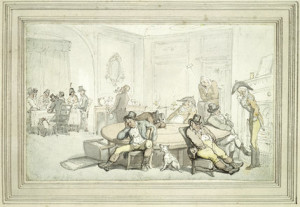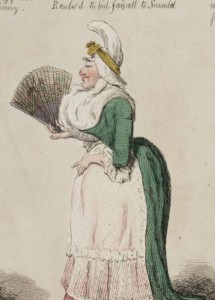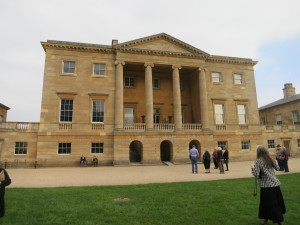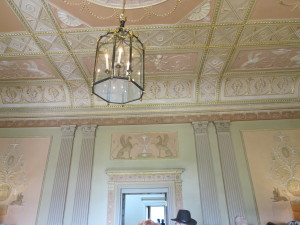I stumbled across a very entertaining book from 1828 while doing a bit of research about Gentleman’s Clubs in London: The Clubs of London; with anecdotes of their members, sketches of character and conversations. It’s exactly the kind of fodder I love for my books. There’s just something delicious about working a bit of real gossip or happenstance into a book, especially if it’s funny our outrageous!
The first anecdote is that of Sheridan (the actor) being inducted into Brookes’s [sic]. His friends has proposed him several times, but he had continually drawn one black ball during the voting. Determined, his friends marked all the black balls to discover who it was that was excluding him, and then they all arranged to distract that member during the next vote to prevent his being present. It absolutely worked and even the man himself came to find the trick they pulled amusing once it was over and done with.
The second story deals with the induction of a man that was actually blackballed by EVERY member and yet managed to bully his way into membership. He was a notorious duelist and when told that after several rounds of voting he had still received a blackball, he charged into the room and demanded of each individual if THEY had been the one to blackball him. No one was willing to say yes, lest they be challenged to a duel and killed by the manic, so they let him stay. He was never admitted again, but he freely boasted everywhere that he was a member.
I can easily see either of these anecdotes shanghaied and used in a book, especially in one of the popular series that stars the owner of a club or a group of men who belong to one. I haven’t written a balloting scene in my Legion of Second Sons series, but now I very much want to. I just have to find a way to make it germane to the story. I can easily see either story being a good way of setting up an enmity between a hero and an antagonist. And it could be a fun way of exploring “politics-lite” since I have been assured that many readers find the actual politics a bit dry, LOL!
What do you all think? I love the idea of the hero standing up to the duelist and saying that of course he blackballed him and I can think of all kinds of ways this could come back to haunt him …








